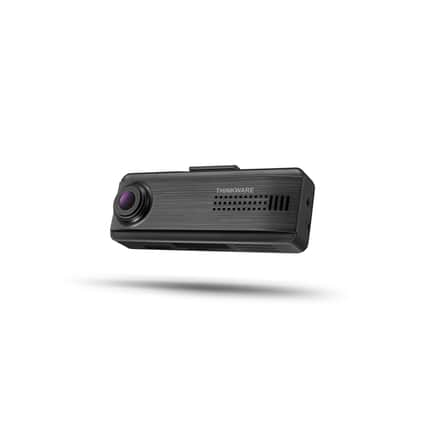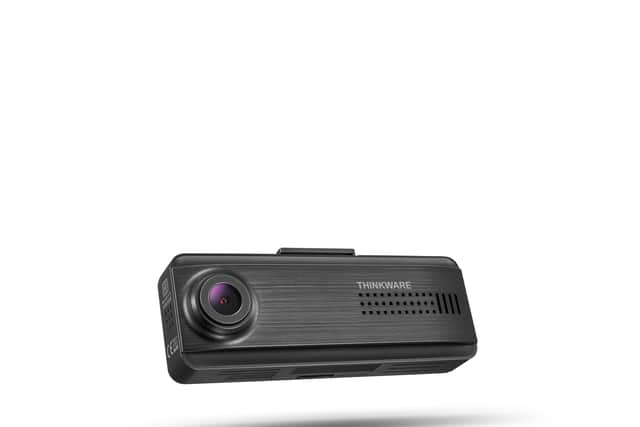Thinkware F200 dashcam review: price, features and picture quality tested


Since starting out in the in-car navigation business 25 years ago Korean firm Thinkware has branched out into in-car recorders and is now one of the world’s biggest dash cam companies.
With models ranging from £90 to £400, it covers a huge array of needs and uses, competing with brands such as Nextbase, Mio and Garmin.
Advertisement
Hide AdAdvertisement
Hide AdThe F200 tested here is among its most affordable options, with prices starting at £99 for the basic single-camera arrangement. You can add a rear-facing camera for an extra £30, which seems like reasonable value. However, it’s disappointing that GPS is not standard and you need to purchase a separate £25 GPS dongle to add location and speed stamps to your footage.
The camera itself is a very neat, light, slimline design measuring around 10x3.5x2.2cm thanks to the lack of a rear viewing screen. That means it should easily slot behind a rear-view mirror, out of the driver’s eyeline. The mount is similarly low-profile but only allows you to tilt the camera up and down, so it’s important to make sure it’s pointing directly ahead before permanently attaching it with the 3M sticky pad.


Thinkware offers two power options for the F200. You can choose from the hardwire kit that permanently loops the camera into your car’s electrics or opt for a 12V cigar lighter adaptor like most other brands use. The 12V adaptor is more convenient and quicker to fit but hardwiring the camera allows a choice of parking monitoring modes including, motion detection, impact detection and timelapse.
While some Thinkware devices record at up to 4K resolution, the F200’s entry-level position means it is limited to full HD recording at 30 frames per second, with a fairly standard 140-degree viewing angle.
Advertisement
Hide AdAdvertisement
Hide AdCompared to those more expensive Thinkware units, the F200’s image quality is a little disappointing, lacking the crystal clarity of the higher-resolution sensors. However, overall, the F200’s footage is good enough for most purposes and performs particularly well in high-contrast situations that can see other cameras struggle. Lower light conditions do bring a drop in quality - a problem displayed by most dash cams without dedicated low-light modes.
With no rear viewing screen, users have to rely on the Thinkware dash cam app for mobile devices. Via the app you can view, download, share and delete recordings and adjust the camera’s settings.
Like many new dash cams, the F200 offers a handful of advanced driver assistance systems. In this case, lane departure warning and forward collision alert, which require the GPS module to work. Like other examples, the effectiveness of the systems will depend on how well placed and calibrated the camera is, with too much margin for error to be truly useful. Purchasing the GPS module also unlocks location-based speed camera alerts using the Cyclops speed camera database.
With its slimline design and relatively low price, the Thinkware F200 is an appealing prospect for buyers after a cheap, simple dash cam. Although it lacks some of the features of more expensive models and the image quality is average rather than outstanding, the options to hardwire it and add rear or interior cameras make it worth considering if you want an affordable and flexible dashcam arrangement.
Comment Guidelines
National World encourages reader discussion on our stories. User feedback, insights and back-and-forth exchanges add a rich layer of context to reporting. Please review our Community Guidelines before commenting.
